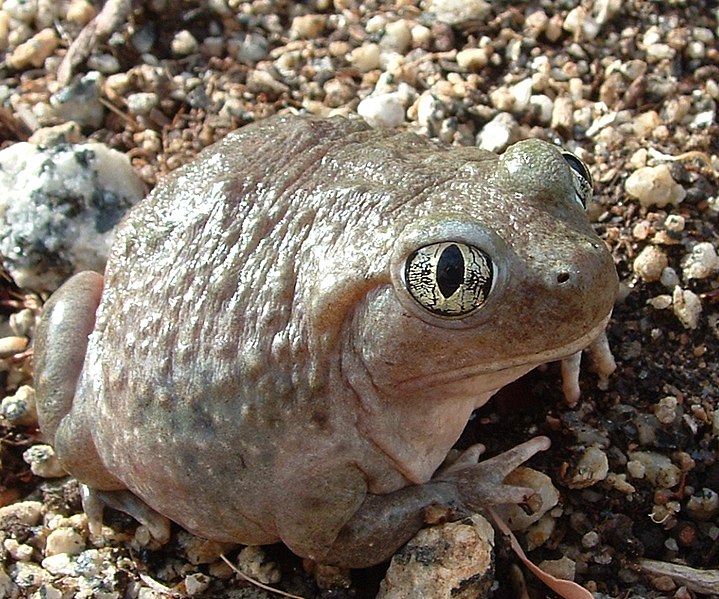 Autumn’s arrival in the Northern Hemisphere brings both opportunities for improving your pets’ health and behavioral changes in many animals.
Autumn’s arrival in the Northern Hemisphere brings both opportunities for improving your pets’ health and behavioral changes in many animals.
Seasonal Behavioral Changes
Many species, even those from regions considered “tropical”, slow down during the cooler seasons; in captivity they often respond to autumn’s arrival in a similar manner. Animals that are native to your area will be most strongly affected, especially if exposed to the local light cycle, but even exotic species may gear their behavior to local conditions. Read More »
 That Reptile Blog – Reptile, Amphibian and Exotic Pet Care and Information
That Reptile Blog – Reptile, Amphibian and Exotic Pet Care and Information

